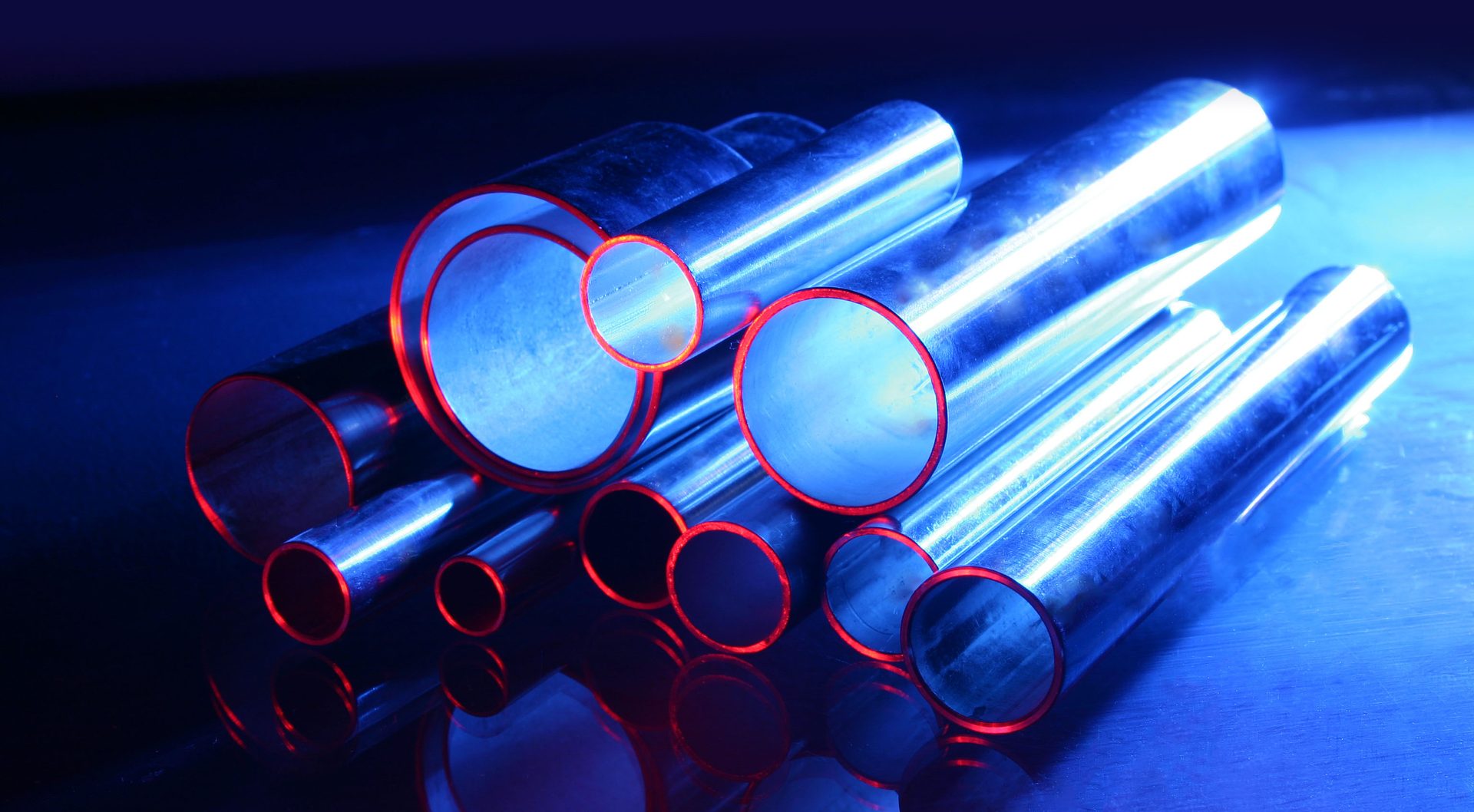
–Credit: artfoto53 / iStock via Getty Images Plus–
Eliminating VOCs While Enhancing
Process Efficiency and ROI
with UV Coatings
By Michael Kelly, Chief Customer Officer, AlliedUV Coating Technologies
The North American manufacturing sector is a highly competitive marketplace, facing constant pressure to reduce production costs while improving the sustainability of its processes.
Sustainable coating technologies play a crucial role in achieving these goals, offering manufacturers a way to improve their environmental footprint without disrupting existing coating operations.
A leading North American tube producer faced several challenges in its coating operations, including:
- Enhancing process efficiency
- Manufacturing a higher-quality product that exceeds customer expectations
- Prioritizing workplace safety (EH&S)
- Improving sustainability by eliminating VOCs and HAPs
- Maximizing return on investment (ROI)
When UV Process Consultants were brought in to evaluate the current operation, they developed a case based on the following criteria:
- Evaluation of the current coating solution
- Current process and manufacturing challenges
- Potential solutions
Evaluation of Current Coating Solution
The current coating solution is a water-based coating that includes co-solvents to aid in the drying process. Below are the key physical characteristics of the water-based coating.
- Percent solids: 29.8% (55.2% water, 15.0% co-solvents)
- VOCs per gallon: 2.06 lb
Table 1 shows the coating's GHS ratings. And Figure 1 illustrates the operational and cleanliness issues of the water-based coating operation.
TABLE 1–ǀ–Flammable material GHS ratings, water-based coating.
FIGURE 1–ǀ–Water-based coating operation; operational/cleanliness issues.
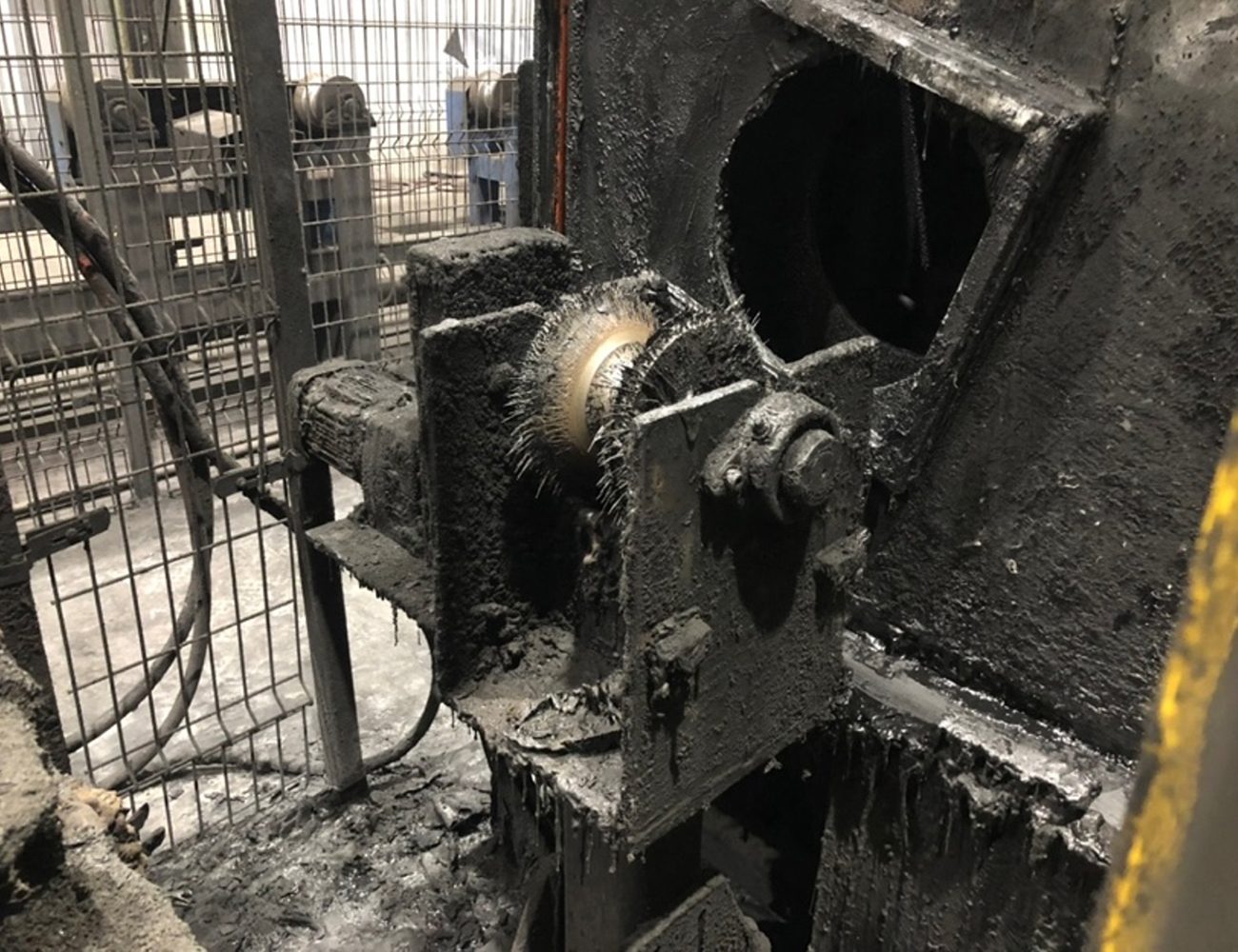

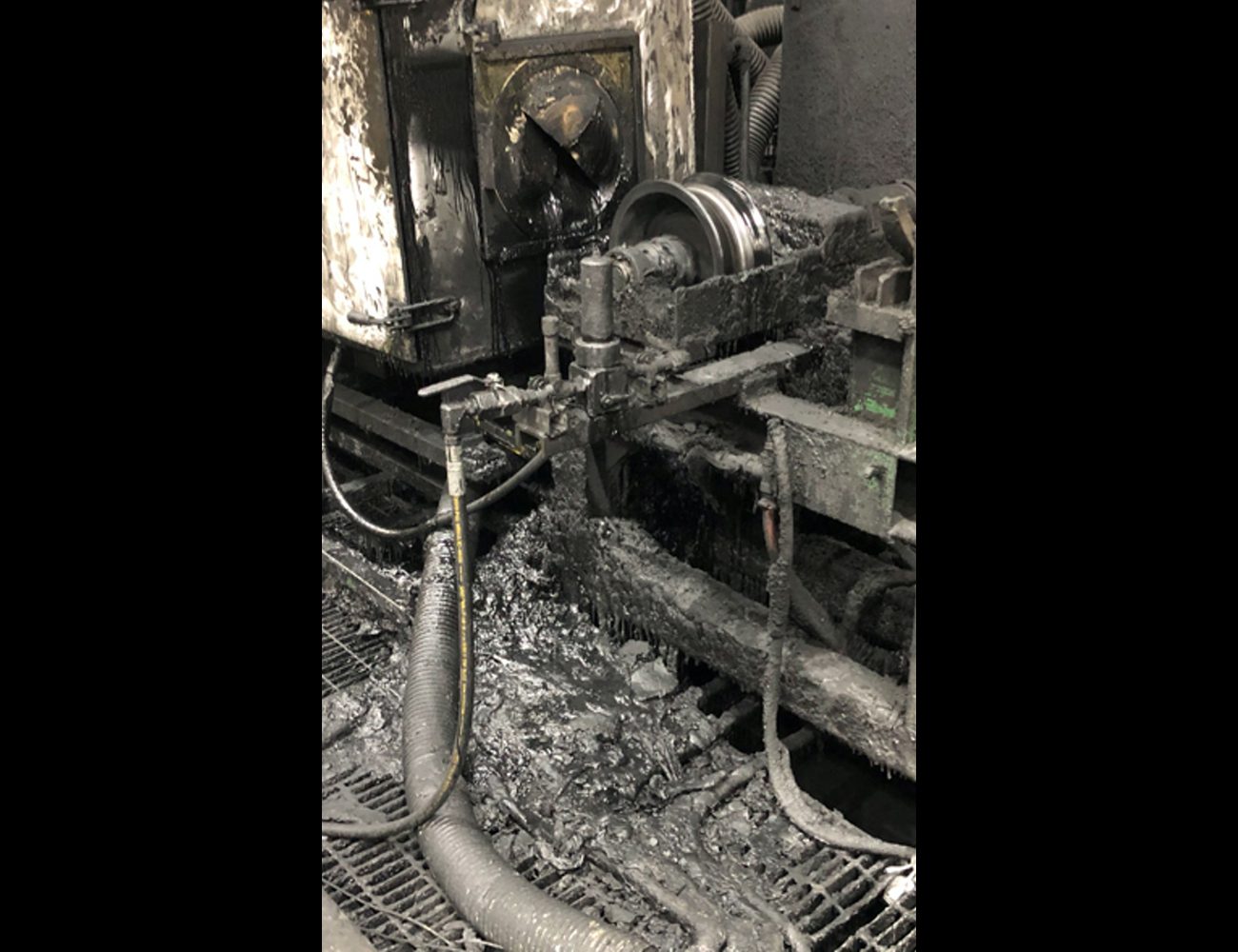
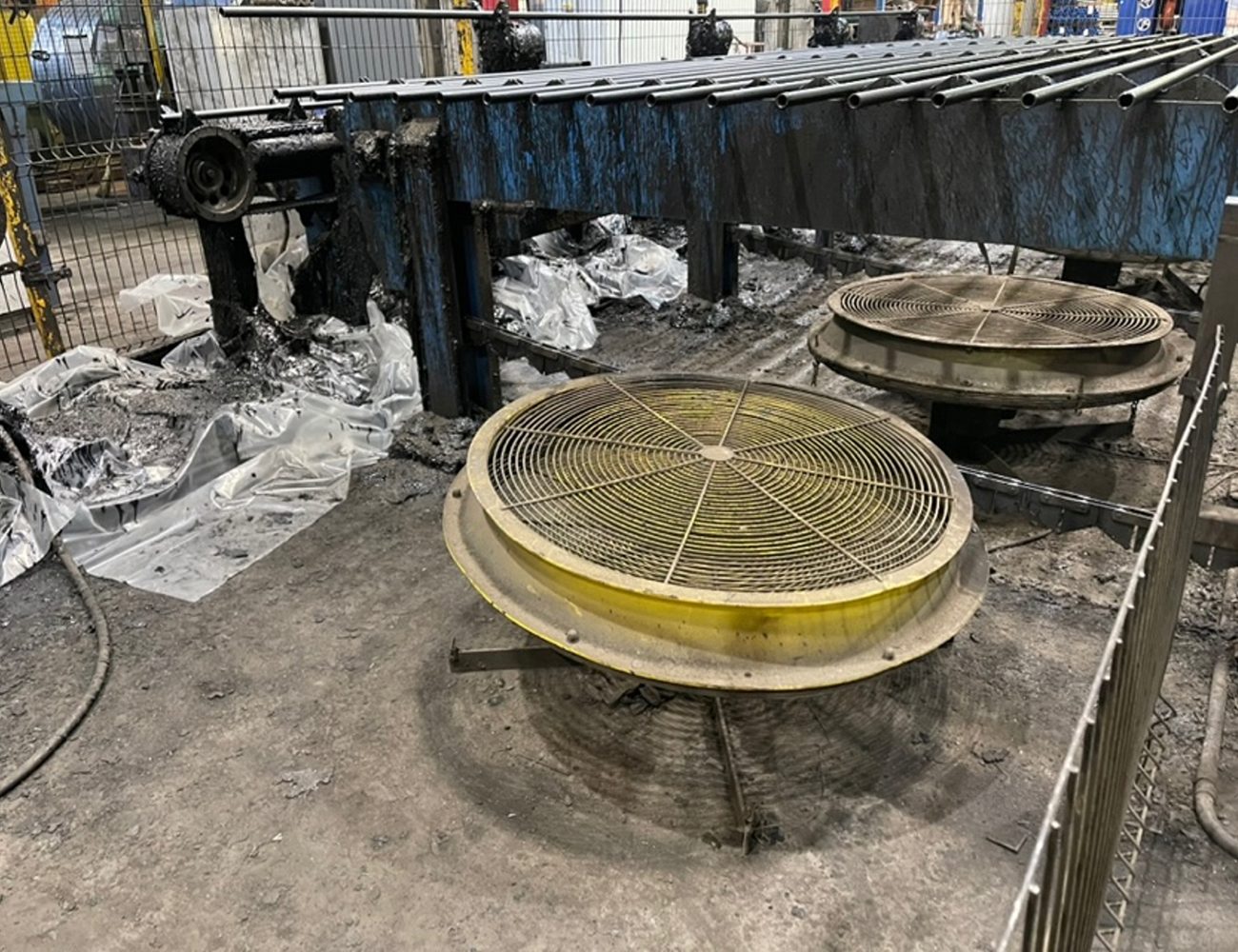


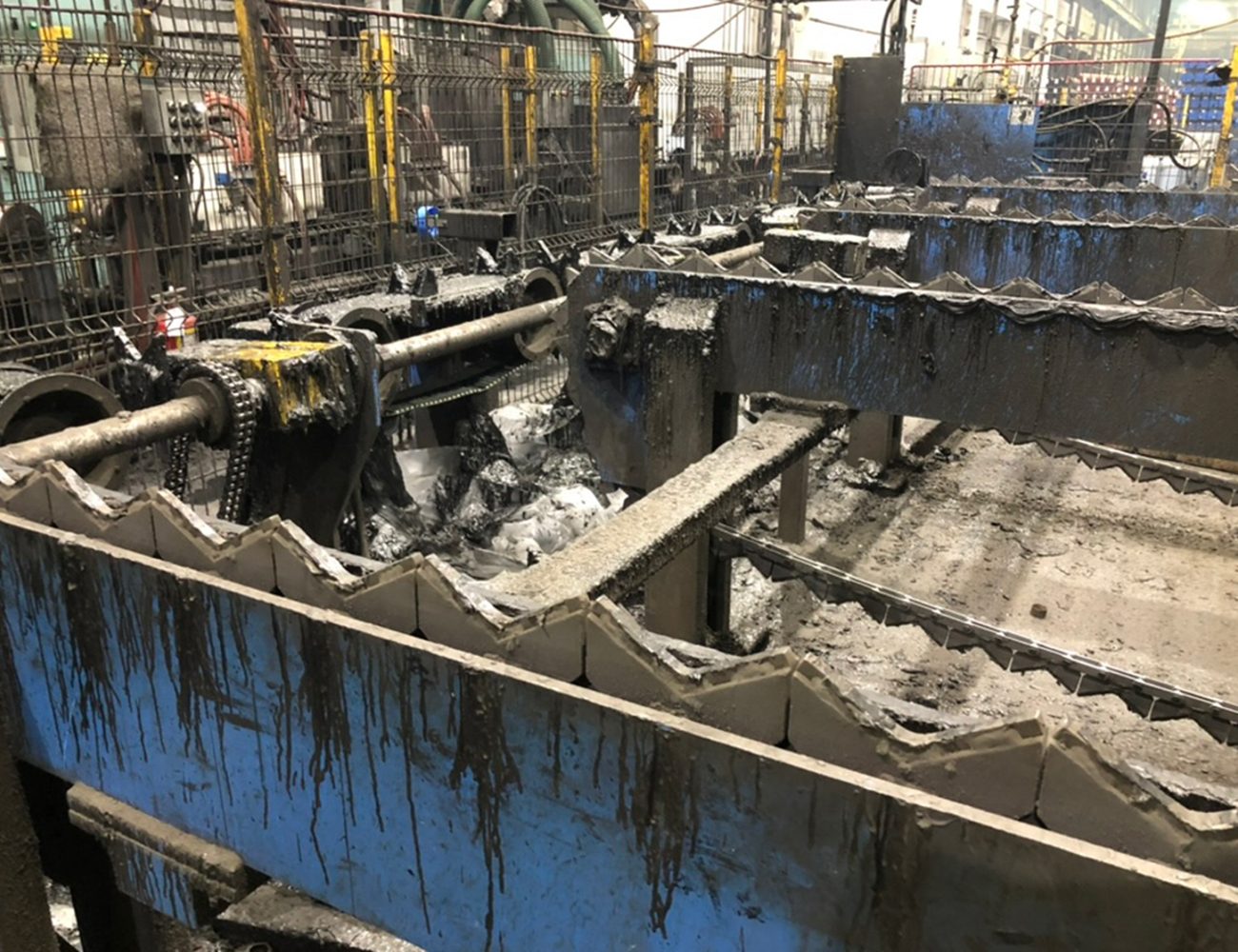
Current Process and Manufacturing Challenges
As outlined above, the current coating process is water-based. Tables 2 and 3 show the key issues identified by the tube producer during the discovery phase of this project, as well as the average dry times for their water-based coating process.
TABLE 2–ǀ–Key issues.
TABLE 3–ǀ–Average dry times.
Note: Dry time is inconsistent and varies depending on environmental conditions.
Potential Solutions
After a complete review of the current coating solution, along with the ongoing process and manufacturing challenges, the UV process and coating solution was identified as a potential remedy for the tube producer’s issues. Table 4 compares various properties of water-based and UV coatings.
TABLE 4–ǀ–Water-based coatings vs. UV coatings.
UV coatings use UV light for instant curing, allowing UV coating lines for tubes to reach speeds of up to 1,000 feet per minute. This results in increased production speeds, higher output and improved capital efficiency.
UV coatings are non-flammable, contain no solvents and are free of VOCs (volatile organic compounds) and HAPs (hazardous air pollutants). UV tube coatings are also REACH compliant and contain no PFAS or heavy metals.
Initial humidity testing of water-based coating vs. UV coating provided the test results shown in Figure 2.
FIGURE 2–ǀ–145 hours, ASTM B117 salt fog testing: UV coating vs. water-based coating.

UV coating 0.3 mils

Water-based coating 0.3 mils
Based on improved performance, fewer remediation costs will be incurred.
Benefits of UV Coating and Process
- Very fast production speeds — Up to 1,000 feet per minute, depending on product size
- Small physical footprint — Less than 25 feet in linear length
- Minimal work-in-process
- Cured instantly — No post-cure required
- No downstream wet coating issues
- Easier maintenance — Less downtime
- Adjustable coating attributes and colors
- Variety of finishes — Clear coats, metallics and colors available
- Reclaimable — Ability to reclaim overspray, refilter and reintroduce into the coating system
This leading tube producer achieved significant ROI savings based on the following:
- UV coating is 2-3% less cost per linear foot than water-based coating
- Much lower remediation costs — Reduced customer complaints and sub-prime pricing expenses
- No work-in-process issues — No bundle sticking or downstream tacky coating
- No mess — Lower labor costs for clean-up
- No humidity or temperature effects on coating
- Sustainability and environmental safety benefits
Summary
Sustainability and Environmental Advantages
UV coatings provide a variety of environmental advantages. Table 5 shows the company’s VOC reduction calculation after switching to a UV coating for their process. And the list below highlights some additional benefits.
- No VOCs (volatile organic compounds)
- No HAPs (hazardous air pollutants)
- Non-flammable
- No solvents, water or fillers
- No humidity or temperature-related production issues
- No winter-freeze warnings
TABLE 5–ǀ–VOC reduction calculation.
The leading tube producer successfully transitioned to UV coating and is highly satisfied with the resulting process savings and environmental benefits. The company is now installing additional UV lines throughout its operations, incorporating new LED and coating process technologies. This transition has led to a reduction of more than 1,000,000 lb of VOC emissions, significantly improving the company’s environmental impact.
